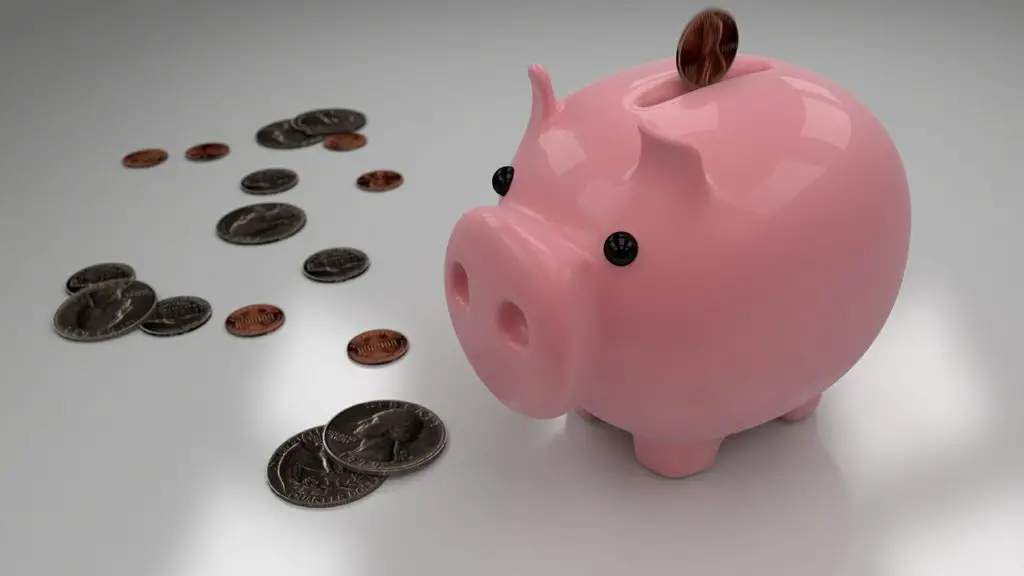Last Updated on 06/07/2017 by GS Staff
[otw_shortcode_dropcap label=”Q:” size=”large” border_color_class=”otw-no-border-color”][/otw_shortcode_dropcap] Why do banks pay interest on savings accounts?
[otw_shortcode_dropcap label=”A:” size=”large” border_color_class=”otw-no-border-color”][/otw_shortcode_dropcap] If you have a savings account, you probably are thankful for the little bit of interest the bank gives you while they hold onto your money. Yes, many banks offer minimal interest on their savings accounts, but every little bit helps. However, why do bank pay interest on money that they are helping you store?
Paying interest to customers is a way for banks to entice these customers to keep depositing funds in the future and to keep funds in the bank. Deposits are important to banks because they can be used to lend out to people in need of a loan. The interest charged for one of these loans is a lot higher than the interest paid out to a person with money in a savings account.
For example, let’s assume that you received a $10,000 bonus from work and deposited it into a savings account that offered 1% annual interest. After a year you would have gained $100 in interest. Now, assume that the bank took your initial $10,000 deposit and loaned it to a borrower for 9% interest. The bank would have earned $900 in interest from this loan. In total, the bank would have made $800 ($900 interest from the money they loaned – $100 interest they paid you from the savings account).
While the above example seems like a pretty sweet deal for the bank, it does not come without risk. Banks must account for various risks associated with lending out money. Default risk is probably the most well-known. If a borrower fails to pay, the bank can be out the amount they loaned or a portion of it. Banks charge high interest rates to account for these risks and, of course, to profit.
While banks take on risks when lending money, people who deposit into an FDIC-insured bank are covered up to $250,000. This means that if the bank fails, the United States government will make sure you obtain up to $250,000 that you had in your savings account. People should keep multiple accounts if they have savings greater than $250,000 in a bank.
There are downsides to keeping money in a savings account. One downside is the low interest it provides. The interest is so low that it is not enough to even cover the inflation rate. The value of your money diminishes as it sits. You can put your money into investments that potentially offer greater returns, but there is more risk involved with buying such things as stocks.
Additionally, you should evaluate the fees and account requirements when keeping your money in a savings account. For example, if the bank charges a yearly fee and has a balance minimum, it may not be worth keeping your money in that particular bank. The good news is that with the emergence of online banking you have plenty of options to find the best bank for your needs.
